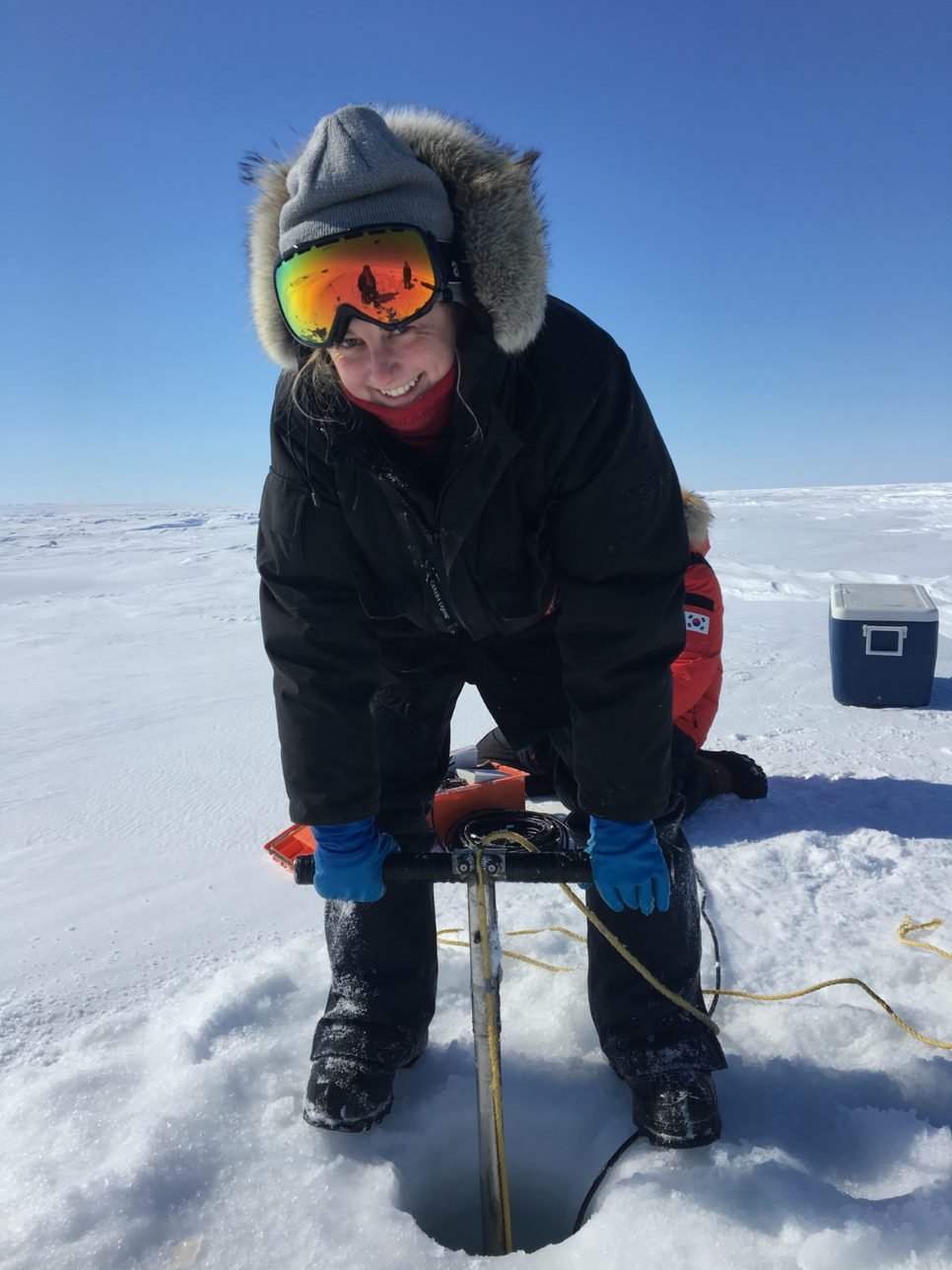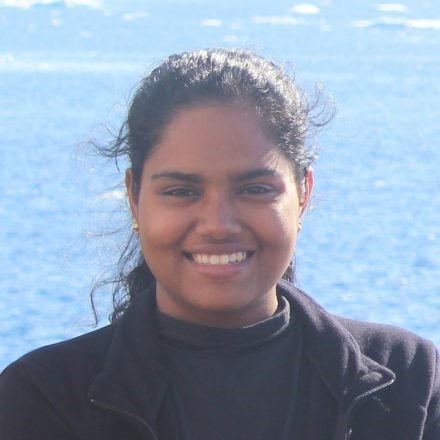Maintaining healthy oceans and fisheries
Surrounding Antarctica is the great Southern Ocean – home of the Antarctic food web: the algae and populations of fish and krill in need of management and protection. These organisms, and the animals that depend on them (ourselves included), are supremely reliant on the ocean’s maintained health: its temperature, acidity, salinity. Often considered a ‘shock-absorber’ or ‘a buffer’, the oceans are, in fact, responsive to the changes in our climate with recent models showing a gradual heating in the deep and global circulatory cycles of Antarctic water. By diving beneath its surface, we can understand and model the true and long-term nature of the Southern Ocean and the life forms that inhabit it.
Research topics
The Antarctic Science Foundation recognises the Southern Ocean as both surrounding and being a part of the Antarctic continent and susceptible to significant environment change. Our research follows the oceanic food chain as it originates from the delivery of land-based iron, followed by the growth of plankton, krill and whales.
Ocean health and sea level rise
Our oceans are immense and absorptive, which makes them slow – but not impervious – to change. Of the various ways our oceans’ health, including the Southern Ocean, can faulter is by temperature, salinity and acidity. Of pressing concern is the atmospheric concentration of the gas carbon dioxide (CO2), which – when dissolved in water – forms an acid: carbonic acid, which disrupts marine life and processes. Another vulnerable feature is the Antarctic Circumpolar Current, the world’s largest ocean current, which delivers cold and nutrient-rich waters up from the Antarctic and whose function depends on Antarctic temperatures remaining significantly cooler than sub-Antarctic waters.
Responsible fisheries
The Patagonian Toothfish (known in North America as Chilean Sea Bass) may have attracted decades of attention to improve the sustainability of fisheries – and the minimisation of bycatch – but it is but one of the fisheries in Antarctic waters. Antarctic krill are a keystone species – a species upon which entire ecosystems depend – that are sought after by whales, fish and humans alike. The Antarctic Science Foundation develops mathematical models to estimate, plan for and protect populations of marine organisms such as toothfish and krill.
Ocean biomass
Krill are vital for the populations of whales and marine life, but what do krill depend on? Krill are crustaceans whose survival depends on the formation of phytoplankton – like algae and diatoms – phytoplankton whose survival, in turn, depends on the presence of iron and oceanic minerals. The Antarctic Science Foundation measures the release of iron and the knock-on results on phytoplankton, krill, and the whales and other organisms who depend on krill.
NEWS | Antarctic fisheries and Southern Ocean health
ASF scholars specialised in the Southern Ocean
Antarctic Glossary
Ocean Acidification
Ocean acidification is the reduction in the pH of the ocean over an extended period time, caused primarily by uptake of carbon dioxide.
Sea level rise
Sea level rise is an increase in the level of the world's oceans and one consequence of global warming.
Antarctic Circumpolar Current (ACC)
The Antarctic Circumpolar Current (ACC) is an ocean current that flows clockwise from west to east around Antarctica. It is the dominant circulation feature of the Southern Ocean.
Antarctic Convergence
The Antarctic Convergence is a marine belt encircling Antarctica where northward-moving Antarctic waters meet the warmer southward-moving waters of lower latitudes.
Oceanography
The branch of science that deals with the physical and biological properties and phenomena of the sea.
Biomass
The total quantity or weight of organisms in a given area or volume.
Plankton
Small and microscopic organisms - plants and animals - that drift or float in the water column.
Phytoplankton
Plankton consisting of microscopic plants.
Algae
A simple, non-flowering, and typically aquatic plant of a large group that includes the seaweeds and many single-celled forms.
Keystone species
In a marine ecosystem, or any type of ecosystem, a keystone species is an organism that helps hold the system together.
Fishery
A place where fish are reared or caught for commercial purposes.
Bycatch
The unwanted fish and other marine creatures trapped by commercial fishing nets during fishing for a targetted species.
Biofouling
The fouling of underwater pipes and other surfaces, like ships, by organisms such as barnacles and algae - sometimes a means of introducing invasive species.
CCAMLR
The Commission for the Conservation of Antarctic Marine Living Resources (CCAMLR) is the international body responsible for the conservation of Southern Ocean marine life and ecosystems. This includes all living organisms found south of the Antarctic Convergence, and their relationships with each other and with the environment.
















